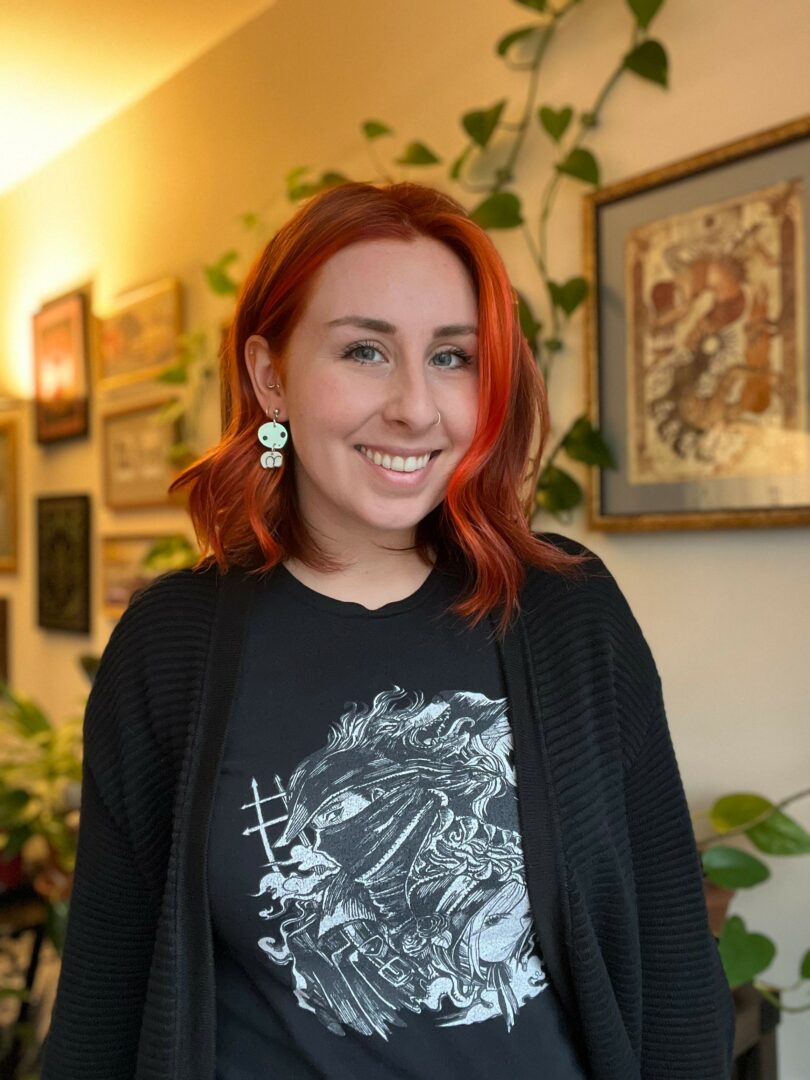We recently connected with Jamie Cambruzzi and have shared our conversation below.
Jamie, thanks so much for taking the time to share your insights and lessons with us today. We’re particularly interested in hearing about how you became such a resilient person. Where do you get your resilience from?
To me, resilience is a skill. It’s something you build over time. I am an artist at heart and in my soul. To pursue art for your career and as a lifestyle, resilience is required for surviving (and I would argue thriving). As an artist you face countless rejection and negativity, while also exploring some of the scariest parts of humanity, society, and your own psyche. Art in all forms demands that you weather yourself in the truth and reject complacency, and life supplies many chances for you to build that resilience.
I learned my biggest lesson in building resilience recently when I was laid off for the first time. I learned what it meant to be good at your job and confident in your importance, only to learn “it’s not personal, it’s just business”. It was dehumanizing, and then I came to find that the community of people in my field were suffering the same fate with no work to take us. After barking up the job hunting tree for months, my interest in working in a corporate industry again waned. I always wanted to work in video games, and got my degree in game development, but that industry was pretty disastrous for artists’ work stability after being highly competitive to begin with. It felt like a rug was pulled from beneath my feet.
I was tested again after starting a software engineering bootcamp while managing one of Seattle’s long-running dance studios. I suffered from massive burnout from both efforts, panicking at the idea that I hit two more dead-ends. It felt like anything I tried failed. When you’ve been a friend to depression before, it settles back into the cozy corners of your mind before you realize you let it back in. And yet, just like remembering how to ride a bike after a long time, my muscle memory kicked back in and I found myself taking a part-time job at the grocery store without thinking twice. Starting back at square one, I rebuilt the foundation for my life and adapted to my new circumstances. I have since revisited my art practice and I’m learning the art of tattooing. It combines my love of technical skills, human anatomy, creativity, and self-expression.
Resilience has afforded me a lot of chances to pursue art and I am grateful to develop this skill. It requires endurance through hardship, adaptability, and most significantly, faith in yourself to rebuild your next chapter of life. Over time, after you recover from setbacks again and again, you start to prove your resilience to yourself. Look at you, you’re still here, you can say. Remembering that is part of your resilience training. If you don’t take any time to look back at what you have weathered through and to celebrate your ability to overcome it, you underestimate your skill. So, I guess TLDR; my resilience comes from a lifetime of getting back up again. It comes from the choice to not give up, not give in, and keep going.

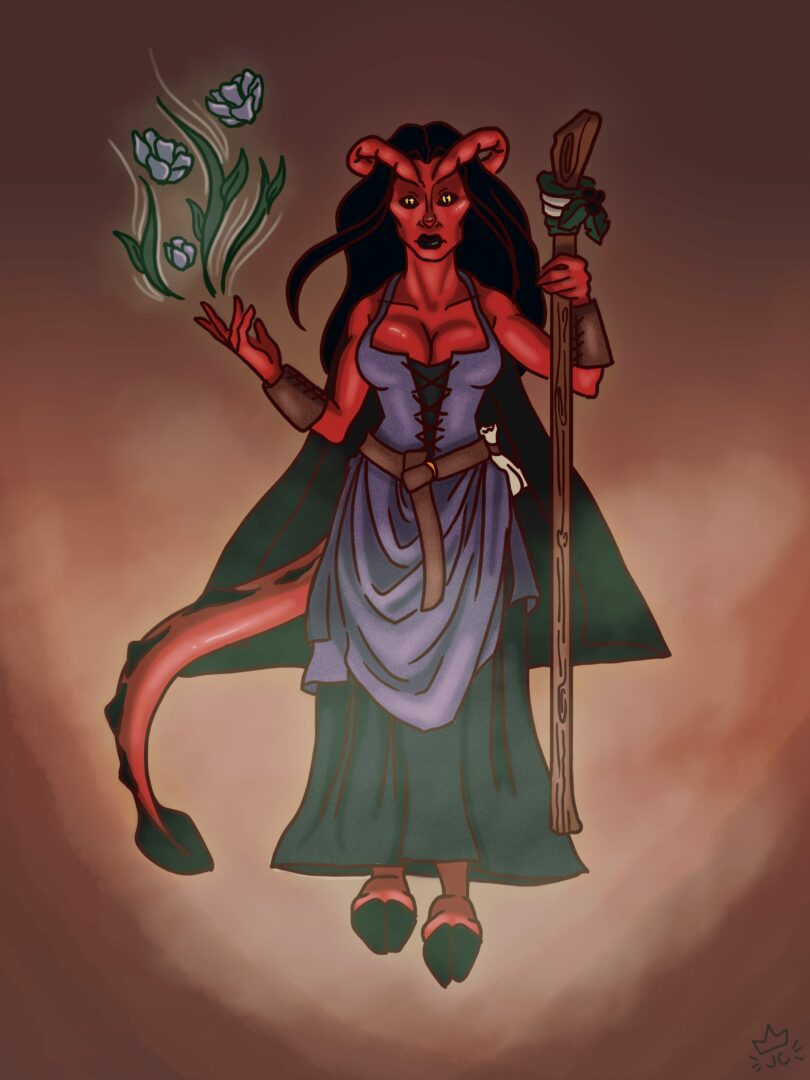
Appreciate the insights and wisdom. Before we dig deeper and ask you about the skills that matter and more, maybe you can tell our readers about yourself?
My name is Jamie and I am a lover of many arts! I’m a traditional and digital artist with a background in illustration, sculpture, and 3D game development. I’m passionate about storytelling and sharing our human experience together through art. I am heavily inspired by humans, nature, and flora and my style is defined by inky linework and bright colors. I have a love for high fantasy, with my early influences being The Dark Crystal and The Elder Scrolls series (in particular, Oblivion). I’m also a TTRPG player and dungeon master, and that experience has heavily inspired my work as well.
I’m currently aspiring to be a tattoo artist. I’m in the process of starting a practice. In the meantime, I offer my designs for sale on my RedBubble shop and take commissions on a case by case basis. I explore different mediums in my work and am always exploring my artistic voice – I hope you enjoy the chaos!
In addition to my visual art practice, I am a lifelong dancer with most of my training in hip hop and jazzfunk styles and I’ve found an incredible dance community in the Greater Seattle Area.
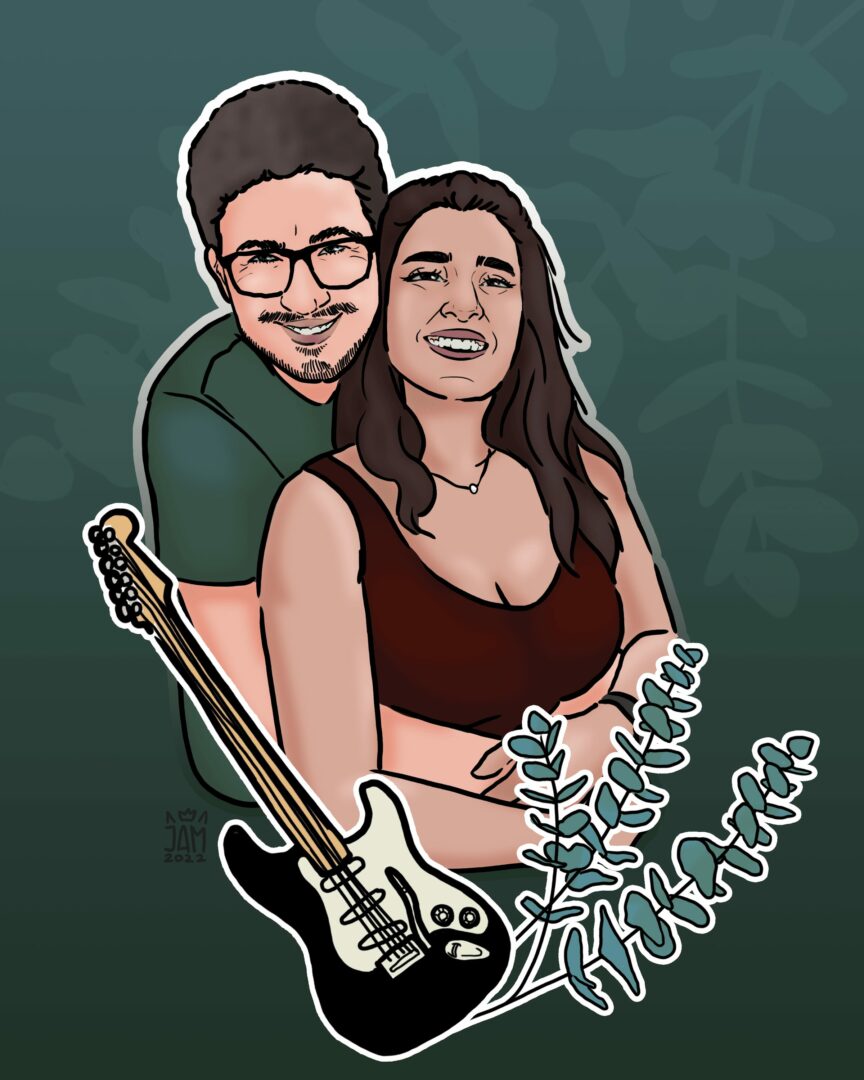
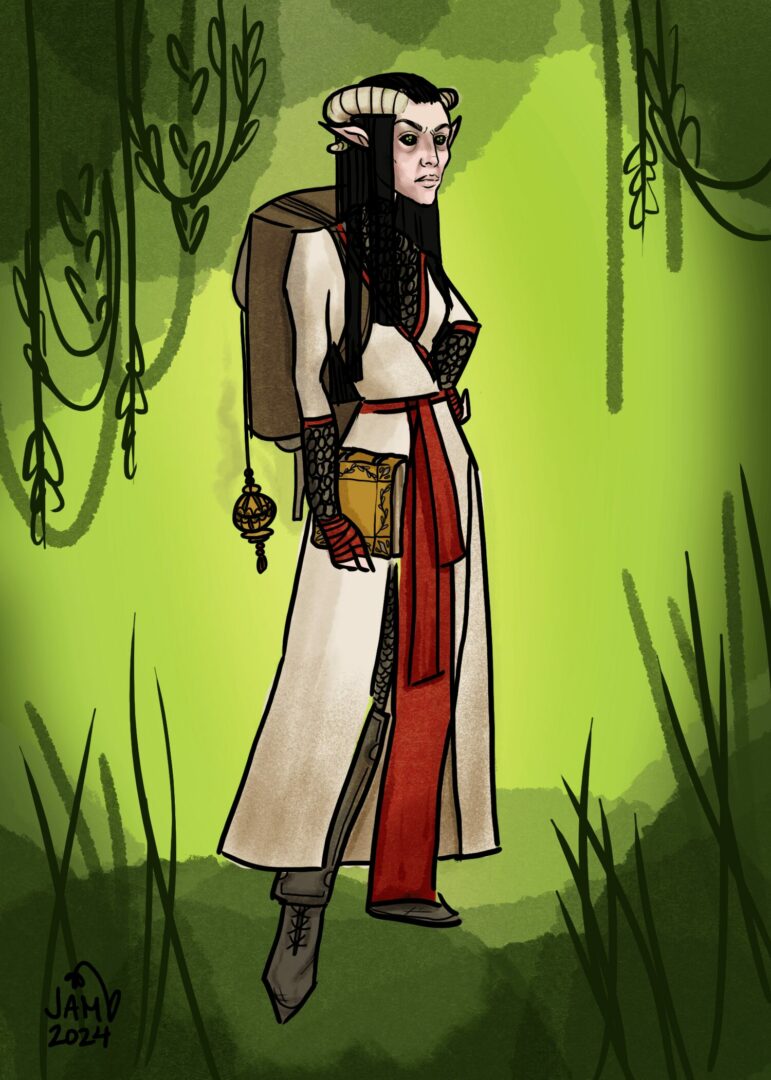
If you had to pick three qualities that are most important to develop, which three would you say matter most?
I want to tell you that you just need to work really hard and you can be successful as an artist, but that would be minimizing the effort needed in my opinion. Being an artist requires endurance, adaptability, and most significantly, faith in yourself. I know these sound kind of crazy off of the bat, but this is my honest answer based on my experience! For me, art has been a part of my healing process since I was a child. It was a way to express myself and I feel really grateful that I had that positively reinforced (thanks Mama). Even with that being said, pursuing art as a career is a different beast and it requires more from you than just the love of drawing the ideas in your head on paper.
Endurance. For anyone who feels like they haven’t been getting the attention they deserve for their work, or they are waiting for that big break, I see you and I hear you. Remember that this is a journey and not a destination. Change is the only thing we can count on, so learn to do just a little bit of your thing every day and the rest will come with time. You will experience times of your skill peaking and plateauing, and those plateaus can be painful and tedious to get through. These times are for exploring new things, taking more breaks, and getting inspired again. That is how you push through, not by grinding harder. Learning to treat your artistic journey as a marathon and not a sprint is a good lesson to learn sooner rather than later.
Adaptability. This quality is pretty essential for artistic pursuits and almost every other artist I know has this quality. There are so many people I know who work as project managers, bartenders, software engineers, or freelancers who are artists after their day job is over. I had an instructor my sophomore year in university teach me that “You have to do the day job until the art can pay the bills”. Now, what happens when you lose that job that is paying the bills? What happens if you suddenly become injured and can’t do or make your art? You have to find ways to make things work, sometimes that means picking up a new medium or learning how to freelance for the first time. Being open to new things is how you can also get inspired during plateaus. More than anything, being adaptable is essential for surviving the challenges that don’t have immediate solutions. Letting your art guide you through these challenges can be a productive way to get you to whatever that next step is for you.
Faith in yourself. Okay, okay, I know how this sounds. But this is the truest thing in my opinion! I would highly recommend the book Art & Fear by David Bales and Ted Orland regarding this topic. It helped me see some truths about being an artist that I hadn’t confronted yet. I had to admit my imposter syndrome has been in the driver’s seat for awhile. You have to believe in your ability to make things work. To be adaptable. To endure that hardship. It’s so cliche, I know! But the pursuit of artistic excellence and expression is not about selling people something, but rather asking your audience a question they have to answer on their own. You have to believe in yourself and in your story and be willing to tell it. You have to believe your story is worth telling.
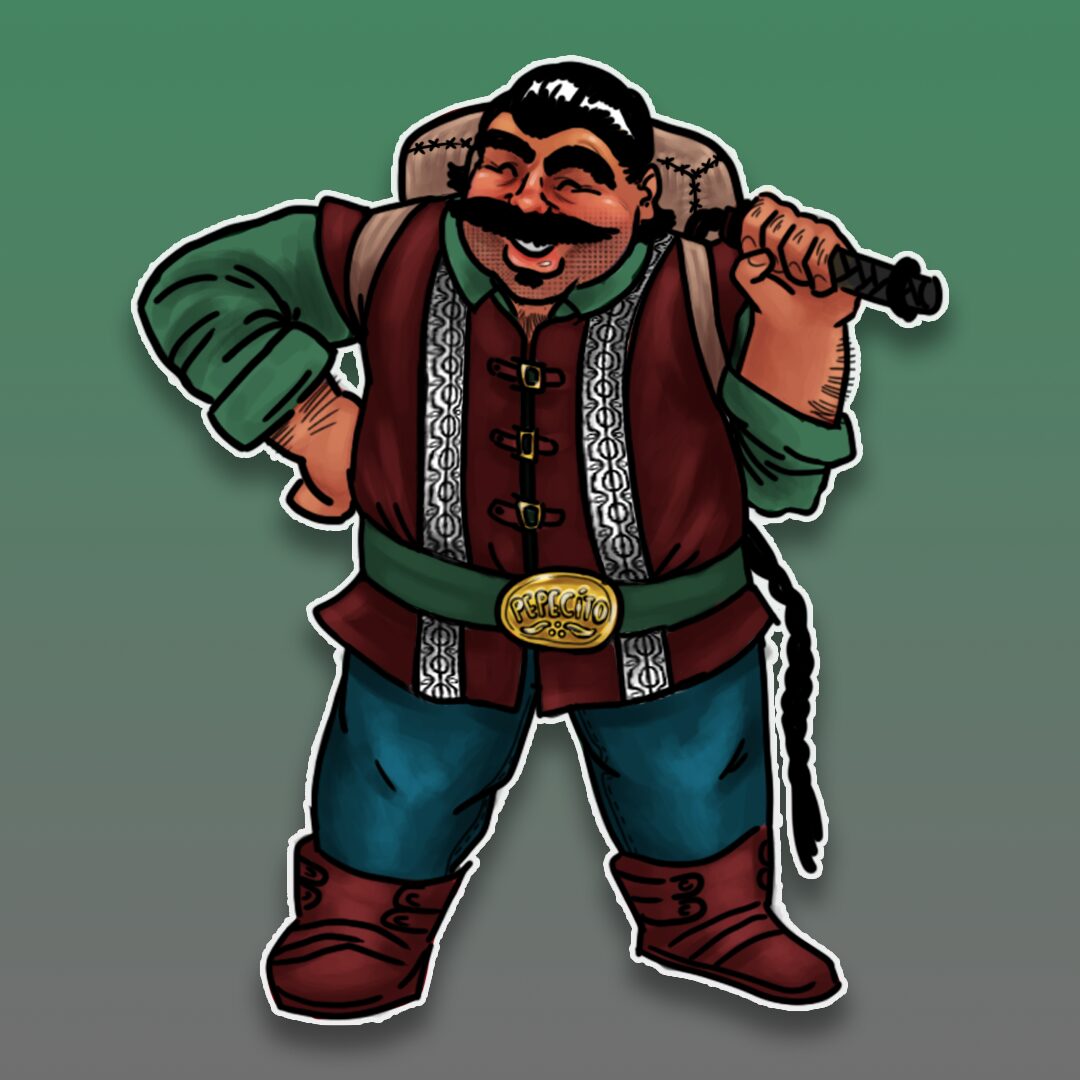
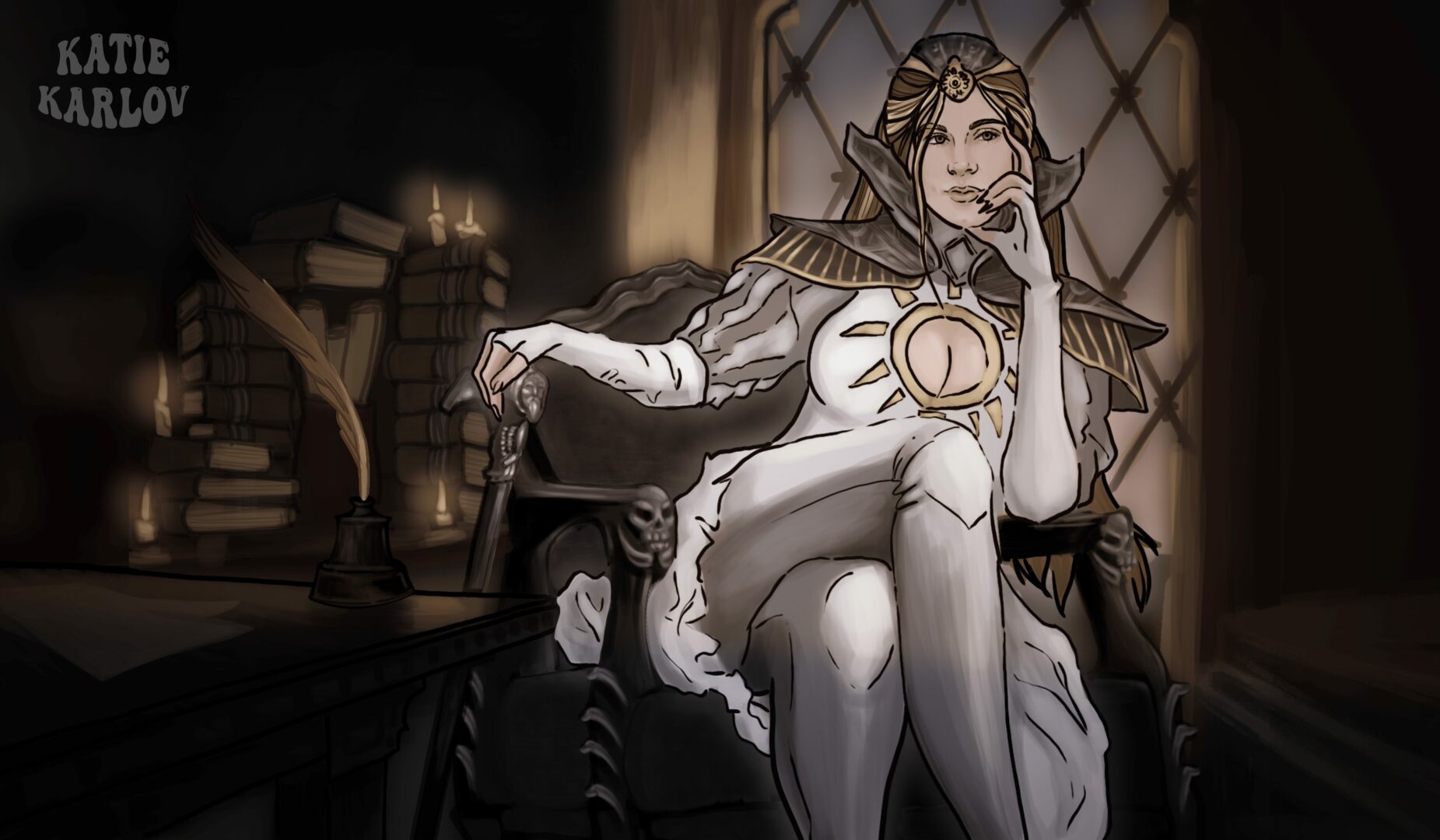
Before we go, any advice you can share with people who are feeling overwhelmed?
Give yourself a break! And this is coming from someone who really, really struggles to take a break. I do mean it though; the power of giving yourself a rest from your current project is necessary to push through. There may be a time or two where you are on a deadline and you’ve probably procrastinated too long on the aspects of the project you didn’t want to do and now you’re working urgently. In those times, you need to find the space and time. Create the space and time. You can set a timer for two minutes, go lay on the floor, look at nothing, do nothing for two minutes, I promise. You can do this preventatively even, you can build these breaks into your practice. That reduces burnout and the chance for this overwhelmed feeling to happen again.
And sometimes, that overwhelming feeling comes from a place not set by circumstances, but by a belief you’ve told yourself for a while. That’s a different kind of overwhelming. I see you and I hear you. Being in this feeling is challenging. Remember that you are a human with a body and taking care of that body can do miracles for your conscious mind. Putting away the paint brushes or shutting down your computer for a day to focus on caring for yourself is okay and is recommended. Sometimes a day won’t feel like enough rest, but this is how you build your resilience. This is a teaching moment and if you give yourself the space and time, you’ll be able to hear the lesson in all of it. You’d be surprised how much better you may feel if you give yourself some time to just be.
Contact Info:
- Instagram: https://www.instagram.com/jimjam.tv/
- Linkedin: https://www.linkedin.com/in/jimjambruzzi/
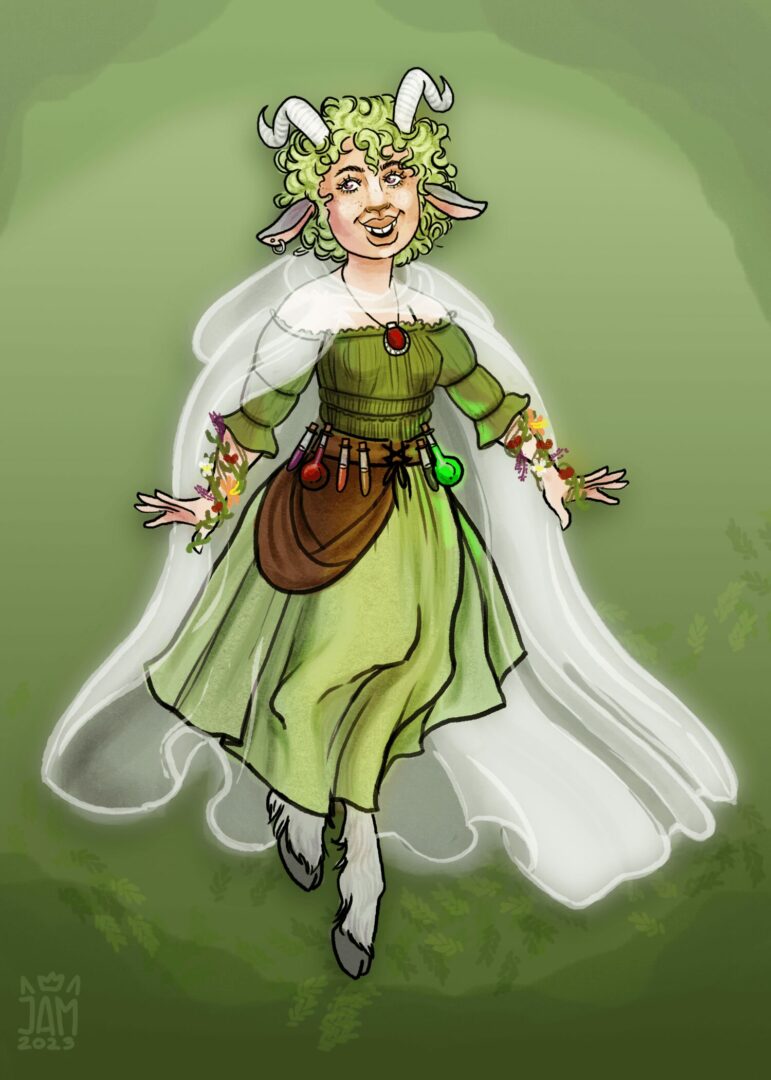

so if you or someone you know deserves recognition please let us know here.

